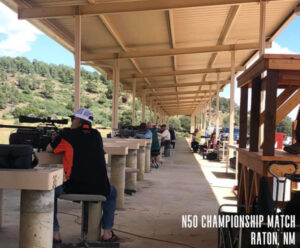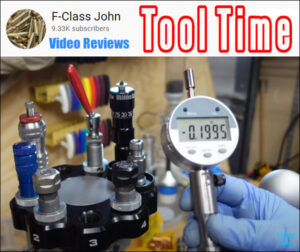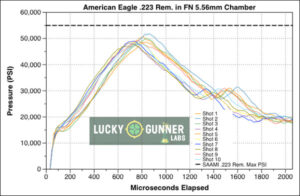The NRA publication Shooting Sports USA, (SSUSA), has thousands of articles available online for free reading. Many of these stories were written by top competitors including National and Olympic Champions. On the NRA Competitive Shooting page on Facebook, you will find SSUSA stories highlighted every week. We recommend that you bookmark this page as it is a valuable resource. Here are four SSUSA articles which have been featured in Facebook this month. Visit SSUSA.org for more articles. New content is added every day. The article explains why and how mirage appears, what it looks like, and how to monitor it. It also explains that mirage can be used to indicate wind direction and velocity. The adage, “Mirage Is Your Friend”, is often used by top competitors because mirage is the best indicator of wind variables. Sometimes it can be more important than wind-flags. In his book Canadian Bisley Shooting: An Art and a Science, Desmond T. Burke wrote that mirage was more sensitive than flags because it had less inertia and velocity. This SSUSA article is well worth reading. Here is a sample of what Desmond T. Burke wrote: “Mirage can make the difference between a shot landing in the X ring or being affected by an undetected breeze downrange. Mirage’s true power lies in its ability of revealing even the subtlest breezes. Its fluid motion… can not only indicate wind direction, but also speed. Mirage is most easily detected on hot, sunny, and humid days. Mirage is most prominent in the mid-morning and early afternoon. However, it can be seen at any time. Mirage is very good at detecting winds less than 12 mph. It can even detect those subtle breezes that don’t move the flags. Mirage will appear as if it is ‘bubbling up’ from the ground when there is no wind or a gentle tail or head wind. This is often called ‘boiling,’ and it’s probably the easiest to detect. As a rule, the height of the waves created by mirages will decrease as the wind speed increases. The waves will have large peaks and valleys if there is a slight breeze. The crest size decreases with wind speed and the mirage becomes harder to detect. The higher the waves of the mirage, the slower the wind.”Diagram from SouthTexasShooting.org.Authored by the late Glen Zediker, this article covers barrel break-in procedures. This is especially useful when dealing with factory barrels. We WARN readers that with custom barrels made by top barrel makers, you may only want to do a very small amount of break-in. Clean sparingly and reduce barrel heat. Use abrasives sparingly. Wet-patched our Krieger and Brux Barrels every 2-3 rounds for a total of 20 rounds. The barrels shot flawlessly right from the start, with minimal fouling. For factory barrels a moderate break in process may be beneficial. Zediker explains that “lesser, lower-cost, barrels will have more pronounced… imperfections within their bore[.] These imperfections are mostly tool marks from the drilling and rifle-rifling processes. If it’s a semiautomatic, such as an AR-15, you might see a burr at the location where the gas port has been drilled. Break-in is the process of removing these imperfections and smoothing out the interior surface. “As someone who has experienced a case-head blowout with a pistol in 9mm, this Editor is well aware of the risks and the damage that a blowout can cause to the pistol, the magazine, and worst of all, the shooter. Even with brand new brass, there is a possibility of a failure. Even if the case is intact, primer failures can create a dangerous jet that shoots back at the pistol shooter. We love our wheelguns but it’s true that they can be damaged by the forcing cone, especially with hot loads or if you have an excessive cylinder-to barrel gap. This article will explain how to inspect revolvers and how to minimize the risk of damaging forcing cones. This article also explains the proper way to clean revolvers. It is important to do this in order to prevent the buildup of lead and residues.
Similar Posts

















